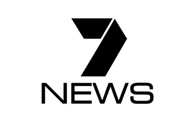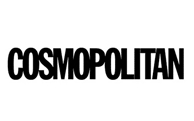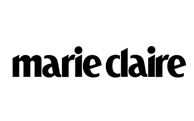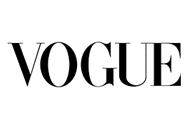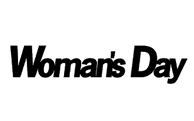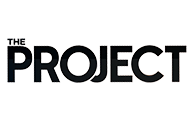Understanding Possible Unintended Outcomes Of Rhinoplasty
Model featured in photography
Rhinoplasty, commonly referred to as a nose reshaping surgery, is a procedure that can adjust the appearance of the nose. However, as with all surgeries, outcomes can vary, and it’s important to be informed about the potential range of results. This article provides an overview of some common considerations following rhinoplasty, as well as how to approach any concerns about post-operative outcomes.
Possible Unintended Outcomes Of A Rhinoplasty
Low Bridge (Scooped Profile)
In some rhinoplasty procedures, changes in the nasal bridge, such as a lower or more concave profile, may occur. The resulting appearance depends on individual anatomy, surgical approach, and healing processes. \
Some individuals may perceive a lower bridge as differing from their expected outcome, while others may find it aligns with their goals. In cases where the nasal bridge appears lower than anticipated, it’s important to discuss post-operative care, healing expectations, and any potential for revision with a qualified specialist.
Discussing possible post-surgery variations and having a detailed consultation with your surgeon before undergoing rhinoplasty can help ensure realistic and well-informed expectations.
Pinched Nose
In some cases, rhinoplasty may result in changes to the nostril shape, potentially creating a narrower appearance. For some individuals, these changes can have aesthetic implications or, in certain instances, may affect airflow, depending on individual anatomy and healing. If you experience unexpected changes post-surgery, discussing your breathing concerns and aesthetic preferences with a qualified healthcare professional can provide clarity on potential adjustments and outcomes.
Excessive Upward Rotation
Following rhinoplasty, some individuals may notice changes in the position or rotation of the nasal tip, which can vary based on individual healing and surgical factors.
An upturned nasal tip or increased rotation may be observed during the initial healing phase due to swelling or tissue adjustment. While these changes often resolve as healing progresses, if concerns about the nasal tip position persist over time, it may be helpful to consult with your surgeon or a qualified healthcare professional.
Polly Beak Changes
Following rhinoplasty, some individuals may notice a fullness in the area above the nasal tip. This is sometimes referred to as “Polly beak” and may be due to a variety of factors, including individual healing responses or the nature of the nasal cartilage and tissue.
For some people, this fullness might be a temporary phase in the healing process, while others may observe it longer-term. If there are concerns regarding either the appearance or the function of the nose, including any breathing challenges, discussing these with a qualified surgeon can provide clarity and personalised guidance on potential options.
Nasal Tip and Bridge Disproportion
In rhinoplasty, the nasal tip may be shaped to complement the bridge for balance in profile and frontal views. The proportions and contours of the nose vary significantly based on individual anatomy, surgical goals, and healing responses.
A well-planned approach aims to enhance the harmony of facial features, with the understanding that each person’s outcome is unique. If patients have questions about their surgical outcomes, a follow-up consultation with their surgeon can offer personalised insights and discuss any options for further refinement.
Wide or Asymmetrical Nostrils
In rhinoplasty, the shape and symmetry of the nostrils are influenced by multiple factors, including individual anatomy and the body’s healing process. While surgical techniques aim to achieve symmetry, slight differences in nostril shape or width may still occur due to natural variations or healing responses.
Lack of Proportion to Other Facial Features
In rhinoplasty, proportion and balance with other facial features are often key considerations. Every individual’s facial structure is unique, and post-surgical results may vary based on anatomy and healing responses.
Discussing your goals and expectations with your surgeon can help ensure that outcomes align with your preferences. Follow-up appointments can provide additional insights and options if adjustments are desired to further refine facial balance.
Breathing Difficulties
Some individuals may experience breathing changes following rhinoplasty. This can occur due to anatomical variations, individual healing responses, or adjustments made to nasal structures during surgery.
If any breathing issues arise post-procedure, discussing these with your surgeon is recommended, as they can assess and provide guidance on next steps or possible options for relief. It’s important to consult a qualified professional to evaluate any concerns that may arise after surgery.
Revision Rhinoplasty Surgeon in Sydney
For some individuals, results from a previous rhinoplasty may not align with their expectations. In such cases, revision rhinoplasty, a secondary procedure, may be an option to address specific concerns following the initial surgery.
Revision rhinoplasty can be more complex than primary rhinoplasty and often requires the expertise of a surgeon experienced in these procedures. Consulting with a qualified plastic surgeon can provide insight into the potential benefits, risks, and realistic outcomes associated with revision surgery.
If you are interested in learning more about revision rhinoplasty or have questions about the procedure, seeking advice from a qualified plastic surgeon is recommended.
For further information and to discuss your options, you may wish to schedule a consultation with Artiste Plastic Surgery’s Dr Jack Zoumaras in Sydney.
Disclaimer: At Artiste Plastic Surgery, our Plastic Surgeons led by Dr Jack Zoumaras have been trained to the highest possible degree. All surgery has risks and it is always advised to get a second opinion. Risks are very real and we cannot guarantee any result. Results are illustrated as a guide only. All risks are managed and any need for revision surgery or complications (1-5%) can be managed by our specialist plastic surgeons.
Any statements on how you will feel is based on Level V Evidence:
Level V: How you will feel after plastic surgery varies between individuals, depending on psychological and physical factors. Our internal research is based on how patients in our practice feel after surgery.
The blogs are not a substitute for a medical consultation and do not form as part of the doctor to patient relationship.
SHARE THIS ARTICLE
Apr16
How Facelifts Can Help With Smile Lines
Smile or laugh lines, also known as nasolabial folds, are the creases that extend from the sides of the nose to the corners of the mouth. These lines are a ...
Apr16
Costs Of Different Types Of Neck Lift Procedures
Neck lift procedures are sought by individuals looking for surgical options to address loose skin, excess fat, or muscle laxity around the jawline and neck area. While these procedures can ...
ABOUT ARTISTE
Artiste Plastic Surgery is an Award Winning Specialist Plastic Surgery practice led by internationally trained Dr. Jack Zoumaras, Plastic Surgeon and Peer Reviewed Face Surgeon
Artiste offers the latest Cosmetic Surgical Procedures of the Face, Breast and Body, inspired from leading centres around the world.
STAY IN THE LOOP
Enter your email address below to receive updates on new articles and VIP access to promotions and special offers.
FOLLOW US ON INSTAGRAM

